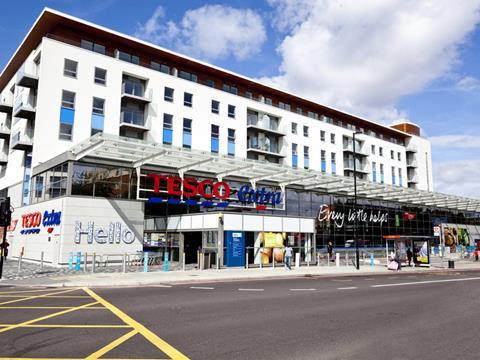
On a day of uplifting figures for Tesco boss Dave Lewis, it was not just the return to UK like-for-like sales growth or even Tesco’s first positive volume growth in five years that stood out.
The results also appeared to signal a comeback from the edge of the abyss for Tesco’s largest stores – “assets” that until recently had seemed to hang like millstones around its leadership’s necks.
Yet from negative growth of -6% when Lewis took over the hot seat, today he announced that Tesco’s Extra estate was now within a hair’s breadth of returning to positive like-for-like sales, at 0.3% in the fourth quarter, and actually positive over Christmas. And many had thought the stores were in danger of becoming white elephants.
Such is the turnaround, at least on the surface, that Lewis’ UK CEO Matt Davies declared today the job of re-establishing Tesco’s hypermarkets as “destination locations” was almost complete.
But just as today’s upbeat headline figures mask a fair degree of uncertainty over Tesco’s long-term profits forecast – and, for that matter, the still shaky wider state of supermarket industry health – the glowing picture of the Extras’ performance doesn’t quite tell the full story either.
First off, the like-for-like figures include sales from Tesco’s online operations. This means they do not simply indicate a rush back to out-of-town stores by customers who may have strayed to the discounters and c-stores.
Lewis was quick to point out there was no manipulation of figures here and, fair enough, previous figures for Extra performance also included online – and were much worse. Add to that the fact that online growth is nowhere near the 25% or so year-on-year level it was when it was the new kid on the block, and the performance of the Extras appears even more robust.
Yet the fact remains that Tesco hypermarkets are still massively behind the growth rate of its smaller Express stores, which grew at 3% over the same period. On further questioning it became very clear that Tesco’s management knows full well there is much more to be done to complete the comeback.
Tesco today announced it is reversing its recent slashing of capital expenditure to plough an extra £250m into refreshing its UK stores, as well as financing an accelerated programme of openings in Thailand – coincidentally a place where hypermarkets are thriving.
But even this is unlikely to be the solution that Lewis and Davies turn to for completing the Extra rescue mission. Instead they are looking for outside help.
In the past few months, there has been endless speculation about Tesco offloading various supposedly surplus interests in ventures such as its Giraffe restaurant chain and Harris + Hoole coffee shops. While those names might not necessarily survive, an alternative reading of the situation suggests Tesco will increasingly ramp up the number of partnership and joint ventures with other retailers. Davies admitted Tesco was actively looking at where it could “own or partner with” others on such projects, and said the new features in Extras will increasingly shrink Tesco’s floor space and turn these locations into shopping malls.
So instead of obsessing over sell-offs, perhaps we should expect further announcements like the recent tie-ups with companies like Sports Direct and Arcadia as Tesco looks to offload its surplus space.
Davies’ language about turning Tesco Extras into destinations is, in fact, almost identical to that of a certain Philip Clarke, who infamously declared before sales went off a cliff (and he went with them) that 2014 would be the “year of the hypermarket”.
Today’s figures are very different indeed, reflecting the good job the new management has done of turning around service, availability and pricing. But the long-term solutions for bringing that prediction to reality may actually be very similar to what Clarke had in mind.







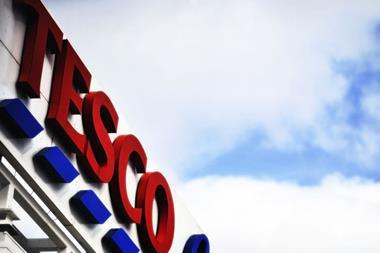

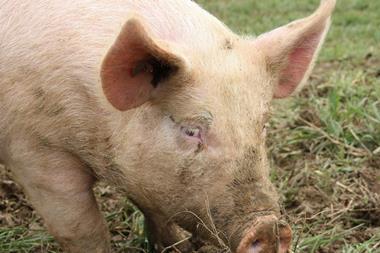
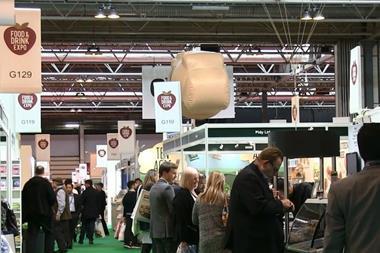
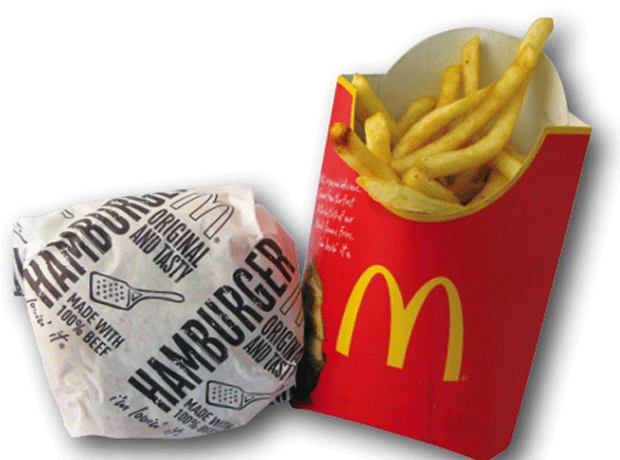



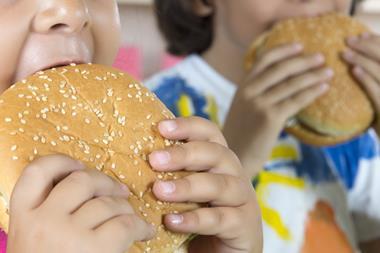
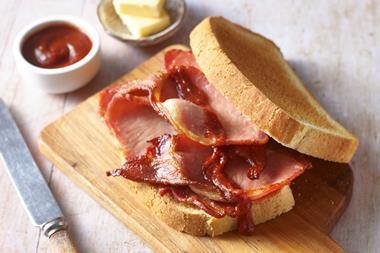
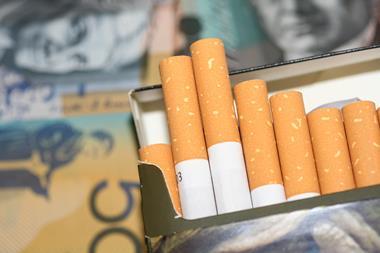

1 Readers' comment